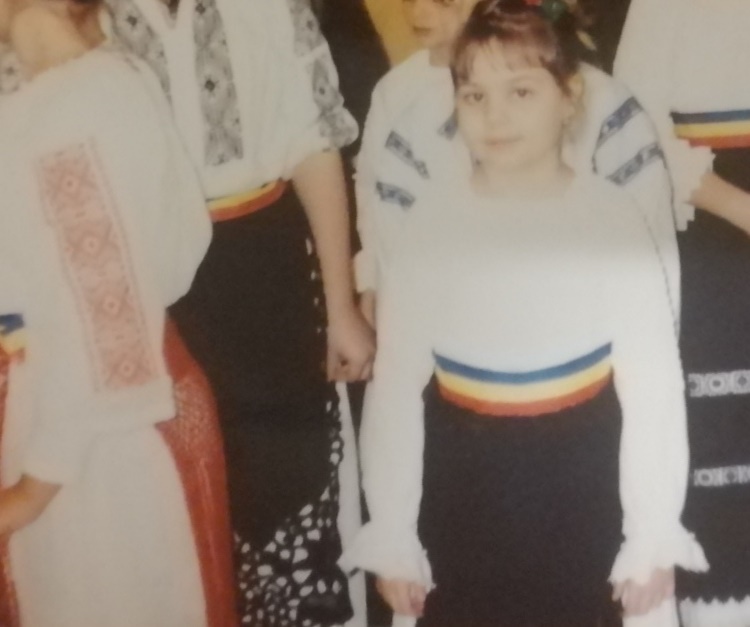Description
The Banat “ruga” is a celebration specific to the Banat area in
Romania. It is a combination of civil life and religious life. The Banat “ruga”
is a holiday that makes a connection between the patron saint of the Orthodox
church in a locality in Banat, the western part of Romania, with the daily life
of the locality and with the families inside the community.
On the day when the patron saint of the church is celebrated, there
is a festive service at the church; in which a lot of people participate. Then
all the family members, including those who have gone abroad, gather at the
festive table with many tasty dishes. Banat houses are open to all guests, the
hosts being happy to receive guests.
In the afternoon and evening, everyone goes to the “hora”, and
spends a lot of time dancing and enjoying the time.
Most Orthodox churches in Banat celebrats their patron saint,
from late spring to autumn.
The Banat “ruga” lasts 2-3 days. The exact date of the beginning of this tradition is not known, but by the 18th century “ruga” was already celebrated in Banat.
Intention
My great-grandparents, Ana and Ioan, whom I loved and admired a lot, are the ones who took me to a Banat “ruga” for the first time. They built their house in 1920 in Timișoara, the capital of Banat, and kept alive the Banat traditions, which I want to pass on.
Descriere
Ruga bănățeană este o serbare specifică zonei Banatului din România. Este o imbinare între viața civilă si viața religioasă. Ruga bănățeană este o sărbătoare ce face o conexiune între hramul bisericii ortodoxe dintr-o localitate din Banat, zona de vest a României, cu viaţa cotidiană a localităţii și cu familiile din interiorul comunităţii.
În ziua în care se sărbătorește hramul bisericii, este slujbă festivă la biserică; la care participă o mulțime de lume. Apoi toți membrii familiei, inclusiv cei plecati in străinătate se reunesc la o masă festiva, cu multe feluri de mâncare gustoase. Casele banățenilor sunt deschise tuturor oaspetilor, gazdele fiind bucuroase de primirea “gostilor” (oaspeților).
După amiaza și seara, toata lumea merge la horă, si petrece prin dans si multă voie bună.
Majoritatea bisericilor ortodoxe din Banat isi au hramul incepând cu sfârșitul primăverii până toamna.
Ruga bănățeană ține 2-3 zile. Nu se știe data exactă a începutului acestei tradiții, dar prin sec al XVIII-lea deja se serba ruga în Banat.
Intenție
Străbunicii mei, Ana și Ioan, pe care i-am iubit și admirat foarte mult, sunt cei care m-au dus pentru prima data la o rugă bănățeană. Ei și-au construit casa lor în 1920 în Timișoara, capitala Banatului și au păstrat vii tradițiile bănățene, pe care îmi doresc să le transmit mai departe.
Beschreibung
Die Ruga bănățeană ist ein Fest in der rumänischen Region Banat. Es ist eine Kombination aus zivilem und religiösem Leben. Die Banater “Ruga” ist ein Fest, das eine Verbindung zwischen dem Schutzpatron der orthodoxen Kirche eines Ortes im Banat, dem westlichen Teil Rumäniens, und dem täglichen Leben des Ortes und der Familien innerhalb der Gemeinde herstellt.
Am Tag des Kirchenfestes findet in der Kirche ein Festgottesdienst statt, an dem eine große Menschenmenge teilnimmt. Dann versammeln sich alle Familienmitglieder, auch die, die ins Ausland gegangen sind, zu einem festlichen Essen mit vielen leckeren Gerichten. Die Häuser der Banat stehen allen Gästen offen, und die Gastgeber freuen sich, “gostilor” (Gäste) zu empfangen.
Nachmittags und abends gehen alle in die horă und feiern mit Tanz und viel guter Laune.
Die meisten orthodoxen Kirchen im Banat haben ihren Festtag vom späten Frühjahr bis zum Herbst.
Die Banat-Wallfahrt dauert 2-3 Tage. Das genaue Datum des Beginns dieser Tradition ist nicht bekannt, aber im 18. Jahrhundert wurde das Banater Gebet bereits gefeiert.
Absicht
Meine Urgroßeltern, Ana und Ioan, die ich sehr liebte und bewunderte, waren diejenigen, die mich zum ersten Mal zu einem Gebet im Banat mitnahmen. Sie bauten ihr Haus 1920 in Timișoara, der Hauptstadt des Banats, und haben die Traditionen des Banats am Leben erhalten, die ich an andere weitergeben möchte.


